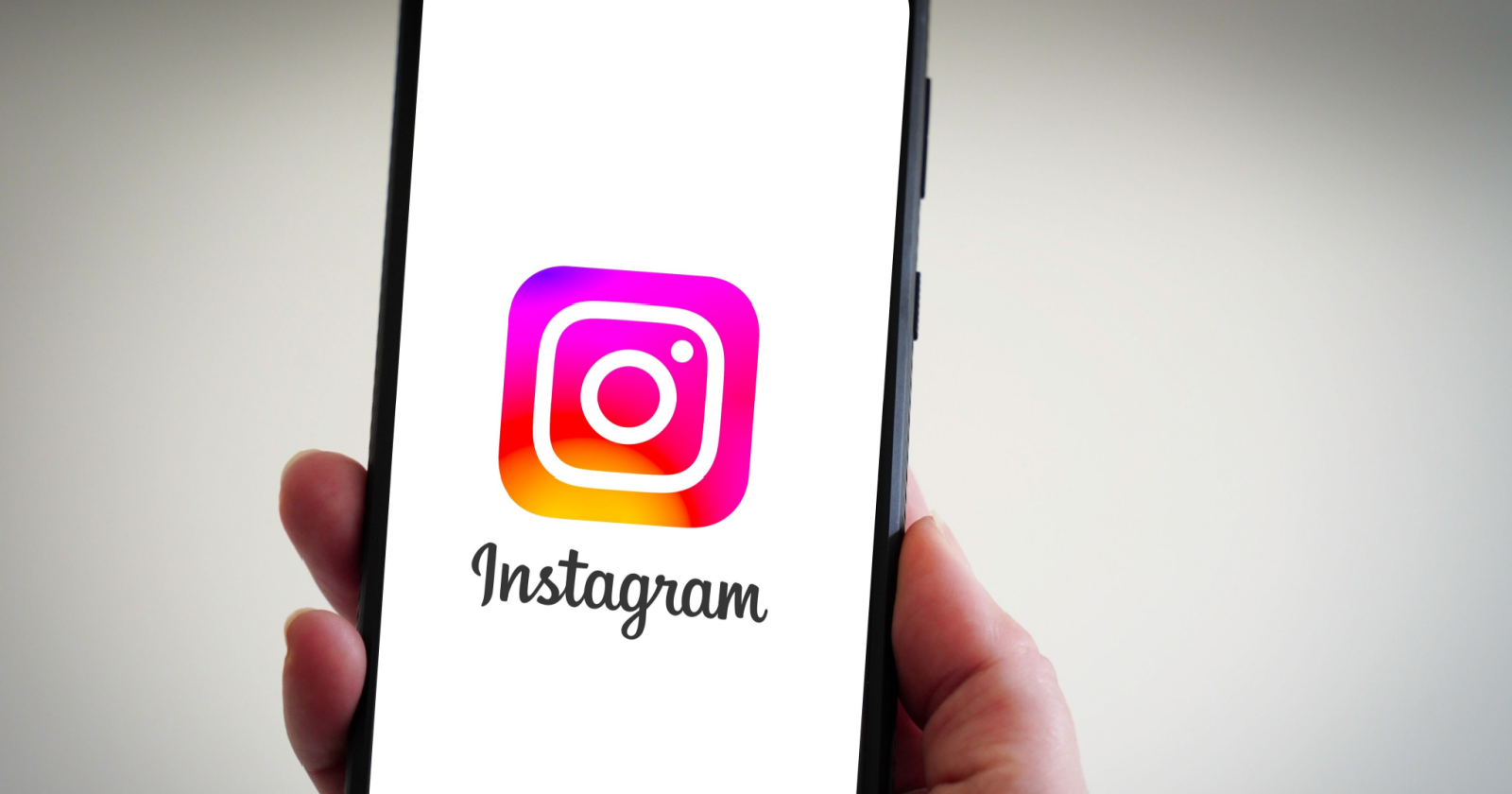SEO
Instagram Is Now Putting Ads In Your Profile Feed

In a series of updates to Instagram advertising, the app is surfacing ads in more places, such as public profiles and the Explore tab.
Additional updates include augmented reality (AR) ads and multi-advertisers ads.
Lastly, Instagram is giving advertisers a selection of free-use music to utilize with Reels ads.
Here are all the details about the latest updates to Instagram ads.
Instagram Ads In Profiles & Explore Feed
Instagram is testings ads in user profiles, though only select creators will see any revenue from it.
Ads will begin to show in profile feeds for public Instagram accounts of users over 18.
The profile feed refers to the vertical scrolling experience activated once someone taps a thumbnail on a user’s profile. It doesn’t refer to the profile grid, which will remain free from advertising.
Instagram is experimenting with the ability to share revenue generated from profile ads with creators, though it doesn’t sound like this option will be broadly available.
In an announcement, Instagram states:
“As a part of this test, we will experiment with a monetization opportunity that will allow eligible creators to earn extra income from ads displayed in their profile feeds, beginning with select U.S. creators.”
No further information about eligibility criteria, or revenue sharing, is available at this time.
Another new surface Instagram is inserting ads on is the Explore home feed, which is the primary grid you land on when selecting the search tab.
See how the new Explore ads will look in the example below:
Multi-Advertiser Ads
Instagram’s new multi-advertiser format makes ads eligible to appear next to ads from other advertisers.
This includes, in some instances, ads from related or complementary businesses. For example, an advertisement for a wedding dress may appear next to an ad for a wedding cake.
AI and machine learning automatically determine ad grouping.
For advertisers who prefer not to have their ads appear in a carousel with other businesses, Instagram offers the ability to opt out of multi-advertiser ads.
AR Ads
Instagram is launching an open beta of AR ads in the primary and Stories feeds.
Through the AR experience powered by Spark AR, brands can encourage people to interact with the effect through their surroundings.
An example is shown below:
 Screenshot from: business.instagram.com/blog/new-instagram-ads-help-businesses, October 2022.
Screenshot from: business.instagram.com/blog/new-instagram-ads-help-businesses, October 2022.Free-Use Music For Reels Ads
Instagram is letting advertisers utilize a selection of royalty-free music in Reels ads.
Free, high-quality music from the Meta Sound Collection library can now be added to carousel ads on Reels.
Advertisers can select songs manually or allow Instagram to automatically choose the best music for an ad based on its content.
Source: Instagram
Featured Image: AmbrosiniV/Shutterstock













You must be logged in to post a comment Login